Introduction to Foxtail Millet (कंगनी) – The Indian Millet
Native terms for foxtail millets, magical millets, or miracle grains are Kangni, Kang, and kakum. These tiny seeds come in a light yellow-brownish color and are coated in a thin, crispy hull. These are extensively grown in Tamil Nadu, Karnataka, Maharashtra, and Andhra Pradesh, India. The market offers three or four different types of foxtail: Moharia, Maxima, Nana, and Indica. With a flavor that is both sweet and nutty, foxtail millets are consumed as rice flour, instant meals, and other prepared goods. It is a healthful and farmer-friendly crop in addition to its culinary uses. Let’s find out more about the health advantages of include foxtail millets in your diet. Foxtail millets are rich in nutrients.
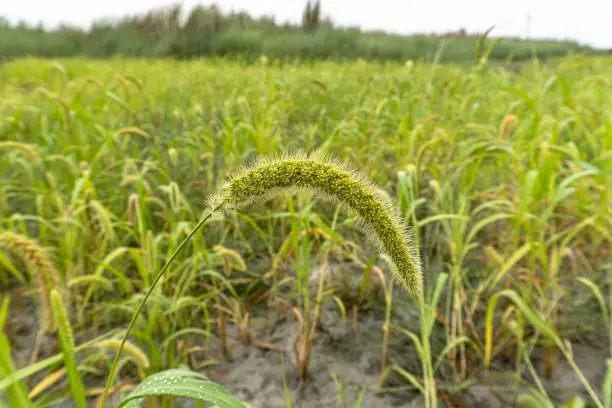
Nutritional Value of foxtail millets:
Foxtail Millet Nutrient per 100g
| Nutrient per 100g | |
| Energy (Kcal) | 331 |
| Protein | 12.30 g |
| Carbohydrate | 60.9 g |
| Crude Fibre | 14.0 mg |
| Calcium | 31 mg |
| Iron | 3.6 mg |
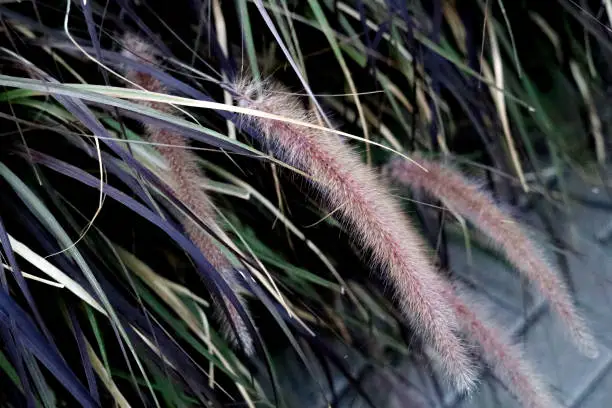
Properties of foxtail millets:
- It may have antioxidant properties.
- It may show glucose-lowering properties.
- It may have gastro-protective (managing or reducing injuries to the gastrointestinal tract) properties.
- It may show anti-carcinogenic properties.
- It may have the potential to manage fungal infections.
Diabetes
Due to their low glycemic index, foxtail millets are less likely to result in blood sugar spikes. They are therefore a fantastic choice for those who are attempting to reduce weight or who have diabetes. Significant studies have demonstrated the glucose-lowering effect of foxtail millet in individuals with impaired glucose tolerance, though more research in this area is warranted.
Weight Loss
In addition to having a low glycemic index, foxtail millet’s high fiber content can aid in weight loss by keeping you feeling fuller for longer. It also offers a variety of vital nutrients without being heavy in calories because it is a whole grain. It is crucial to keep in mind that reaching and maintaining a healthy weight requires both a balanced diet and regular exercise, even though it can be a beneficial component of a weight loss program.
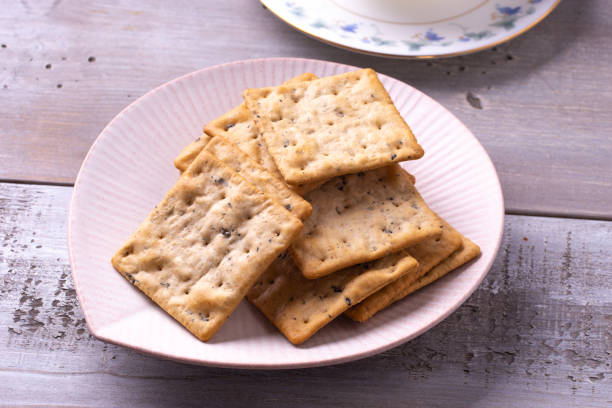
Stronger Bones
Foxtail millets are a great source of calcium and iron, two nutrients that are essential for keeping bones and muscles healthy. A lack of iron can lead to several health issues, such as anemia, weakened muscles, and frequent muscle spasms. Add foxtail millet to your diet regularly to help your body get the calcium and phosphorus it needs to fight inflammation, brittle bones, and other chronic bone-related conditions like spondylitis, osteoporosis, and arthritis.
Strengthens Nervous System:
Nutritionists highly advise consuming foxtail millet to prevent a variety of neurological conditions. Packed with B1, each cooked 100 grams of this tiny gluten-free cereal provides 0.59 mg of it. Consuming this wholesome cereal has a beneficial effect on the nervous system in addition to slowing the progression of various neurodegenerative diseases like Parkinson’s and Alzheimer’s. A high iron content increases brain oxygenation, which in turn stimulates cognitive function.
Boosts Cardiac Health:
In general, millets are well-liked for preserving cardiac health. In addition to safeguarding heart health, these incredible natural wonders are free of gluten, high in protein, and low in carbohydrates. They also help produce the neurotransmitter acetylcholine, which transmits messages between muscles and nerves. Eat it every day to shield your heart from different illnesses.
Lowers Bad Cholesterol
Methionine and lecithin, two amino acids that are abundant in foxtail millet, are important in lowering cholesterol levels by reducing excess fat in the liver. By preventing fatty liver, the presence of threonine further lowers bad cholesterol levels.
Weight Loss
Foxtail millet contains a sufficient amount of tryptophan, an amino acid that is essential for preventing hunger pangs. It’s time to up your intake of Foxtail millet if you struggle with excess belly fat because it keeps fatty substances from building up in your body.
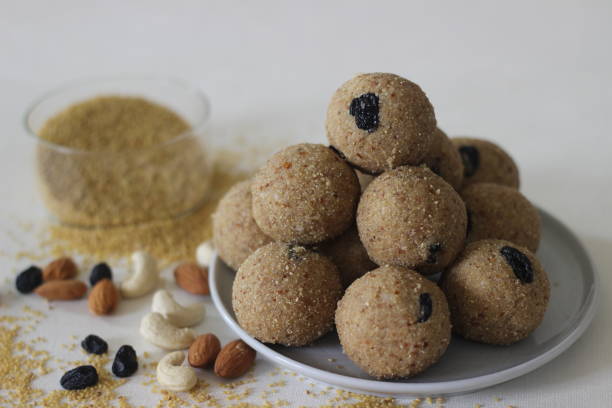
Promotes Digestion
A healthy gut is a sign of good general health. If digestive problems are not treated promptly, they can become chronic and result in irritable bowel syndrome, diarrhea, or severe constipation. For people who have celiac disease or gluten intolerance, this is a fantastic food option. Consume it along with an abundance of vegetables to control your bowel movements and shed pounds.
Builds Immunity:
A strong immunity is the most important thing these days. A great source of vitamins, minerals, and other nutrients, foxtail millet helps you stay stronger, increase your stamina, and strengthen your immunity to fight off nagging infections. Include it in your daily diet if you have recently become ill from a bacterial or viral infection to regain your strength
Are Foxtail Millets Good for Pregnant Women?
Pregnant women are said to benefit greatly from foxtail millet, an ultimate superfood. Because of its high fiber content, it may support a healthy digestive system and help fend off constipation, a common pregnancy ailment. In addition, foxtail millet provides a good amount of magnesium (81 mg per 100g meal), which is beneficial for cardiovascular health and bone health maintenance. Furthermore, it is an excellent source of B vitamins, iron, and other vital minerals that support the developing baby’s health as well as the mother’s. But keep in mind that, as with any dietary adjustments made while pregnant, it’s best to speak with a healthcare professional first.
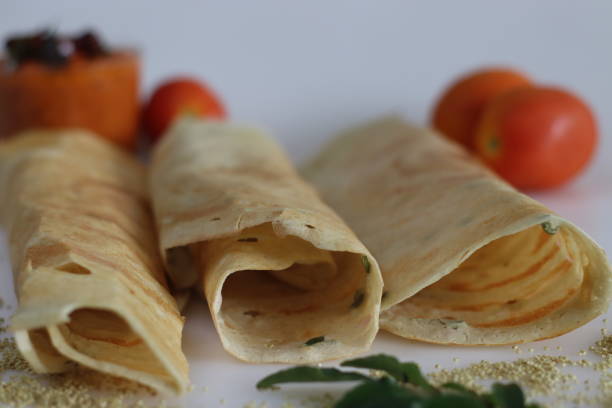
Ayurvedic Benefits
Foxtail millet is well known in Ayurveda for harmonizing the three doshas and maintaining equilibrium in the body’s elemental forces. Its cooling potency and sweet taste fit in well with the Ayurvedic concept of virya and vipaka, which makes it a great option for preserving a healthy internal environment. Because of its adaptability in Ayurvedic nutrition, foxtail millet can be included in the diets of different prakritis.

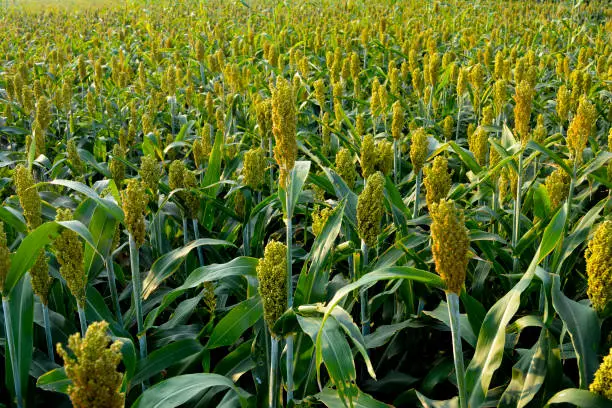
1 thought on “Foxtail Millet (कंगनी) – The Indian Millet (5)”